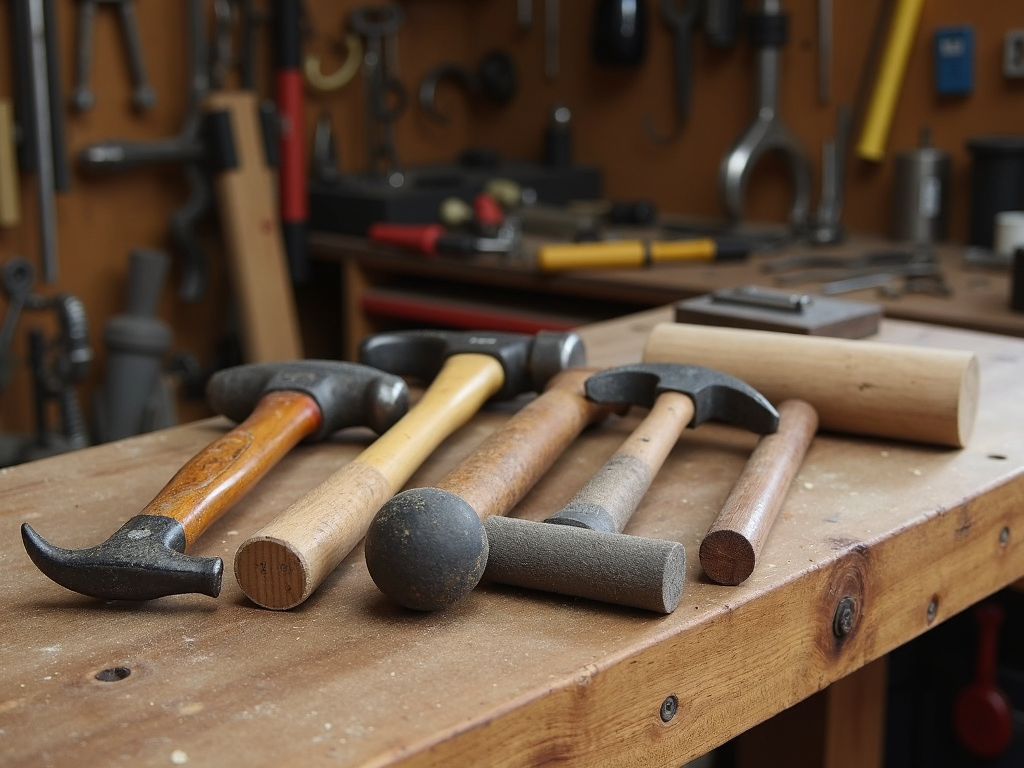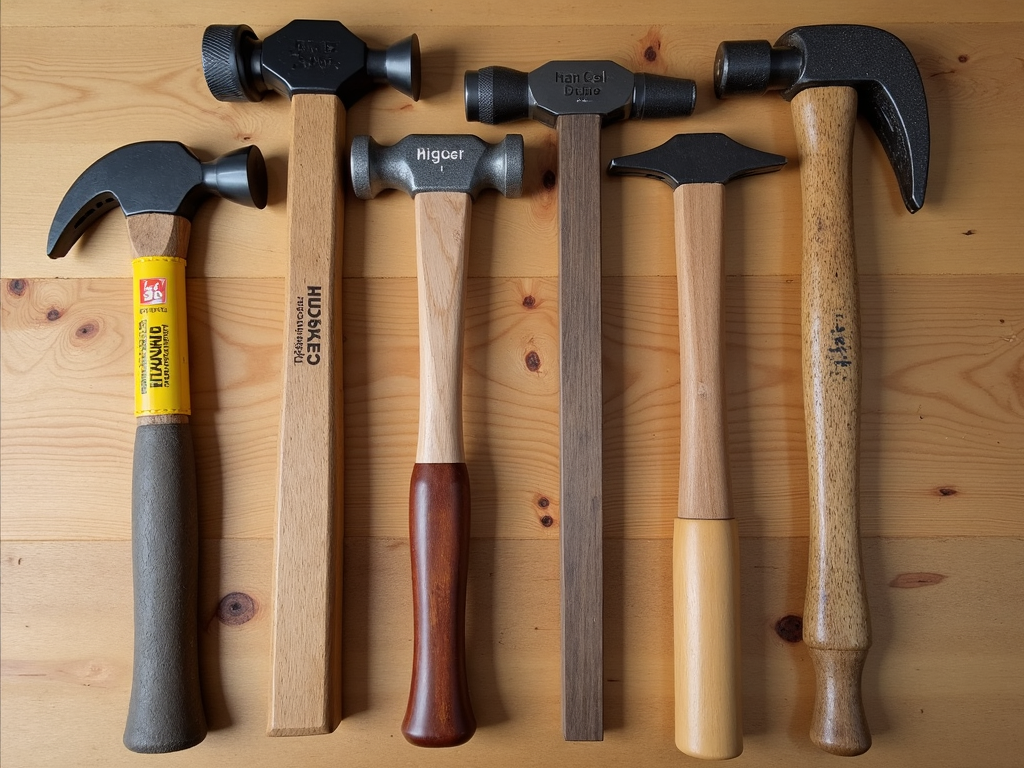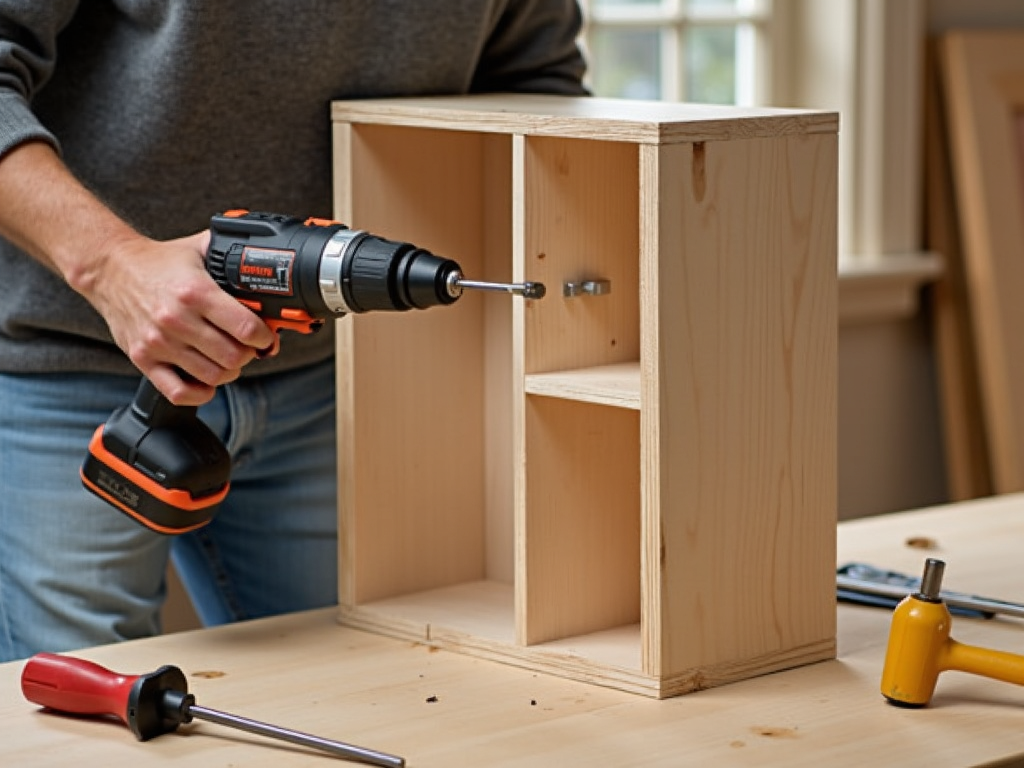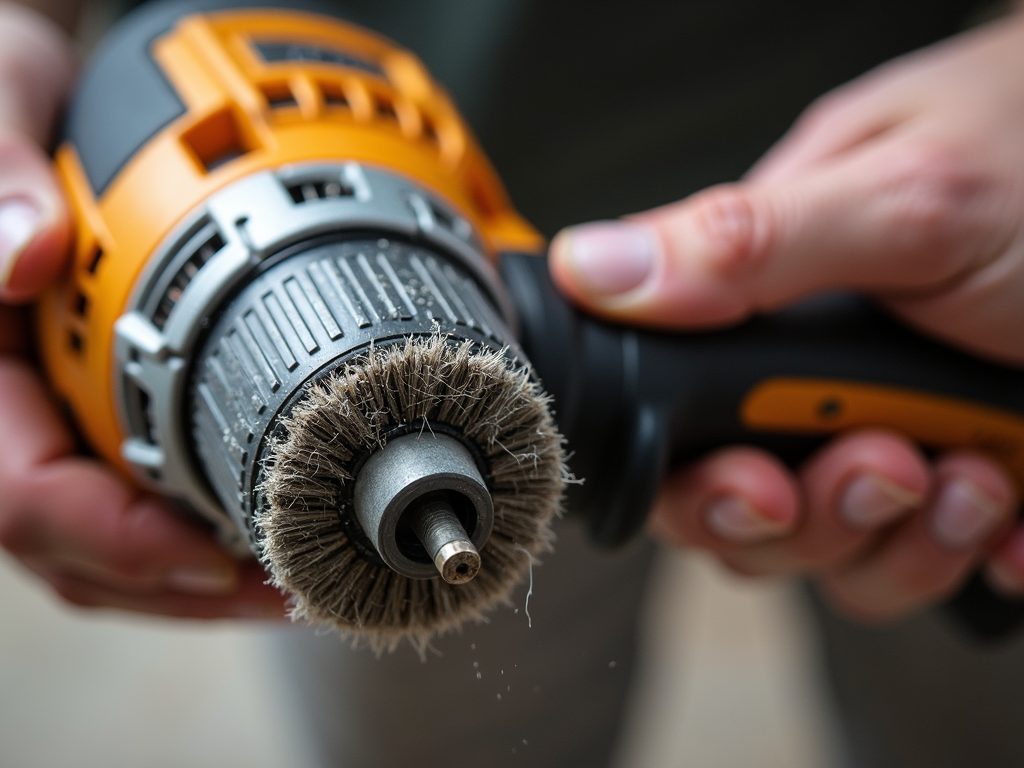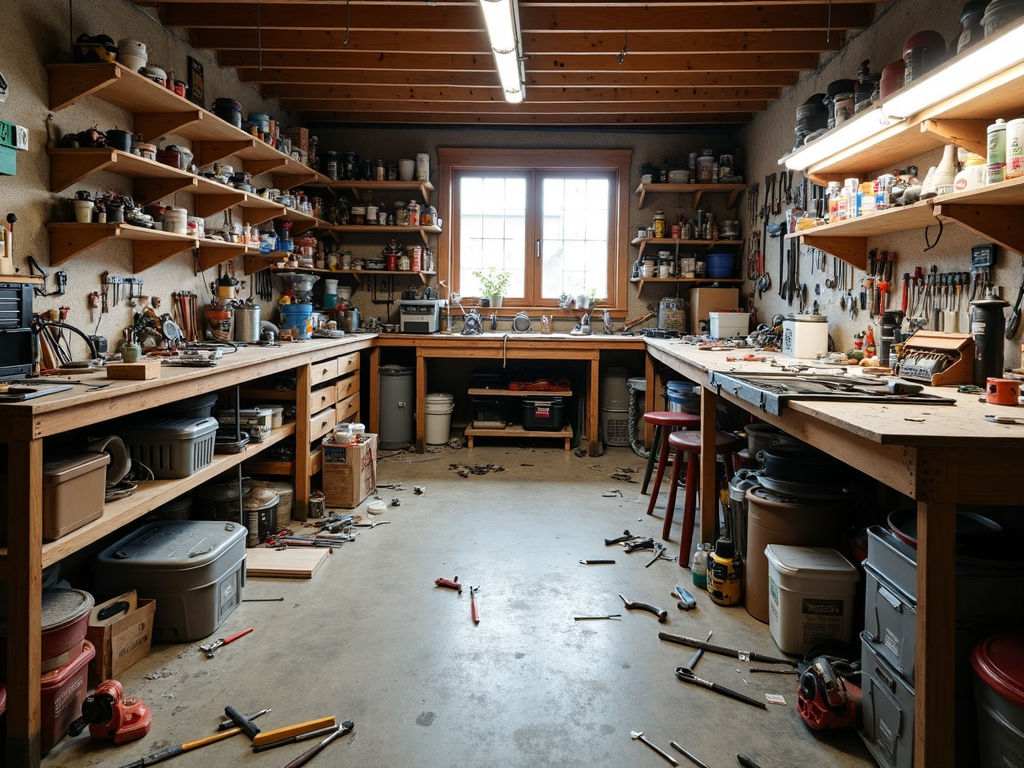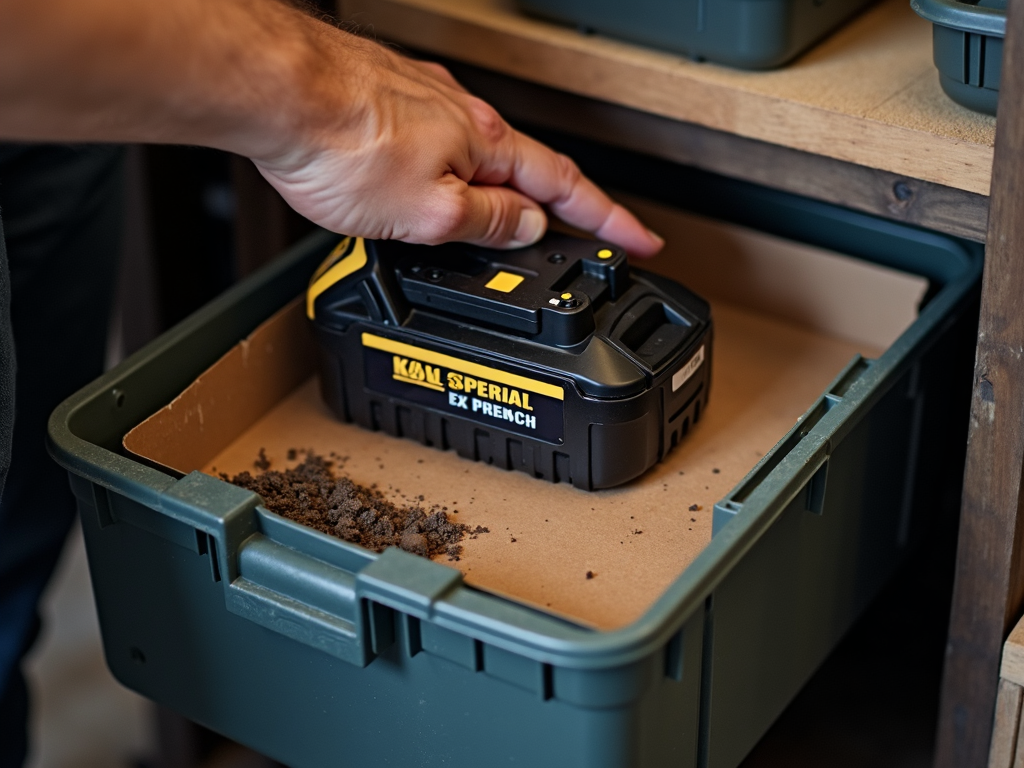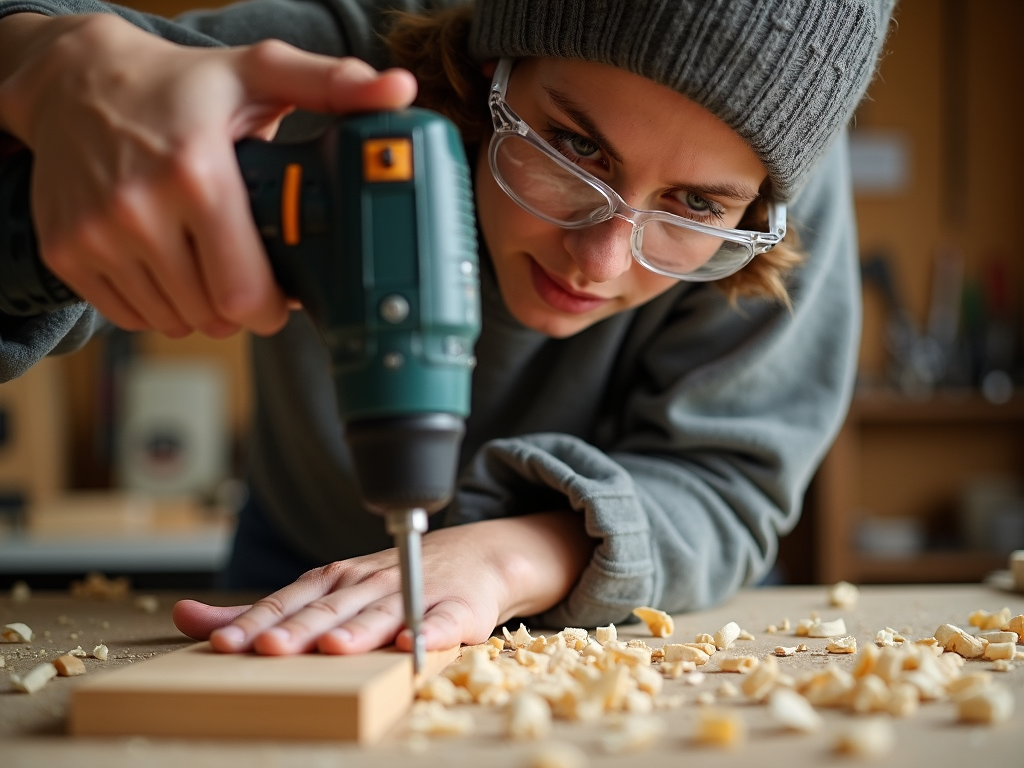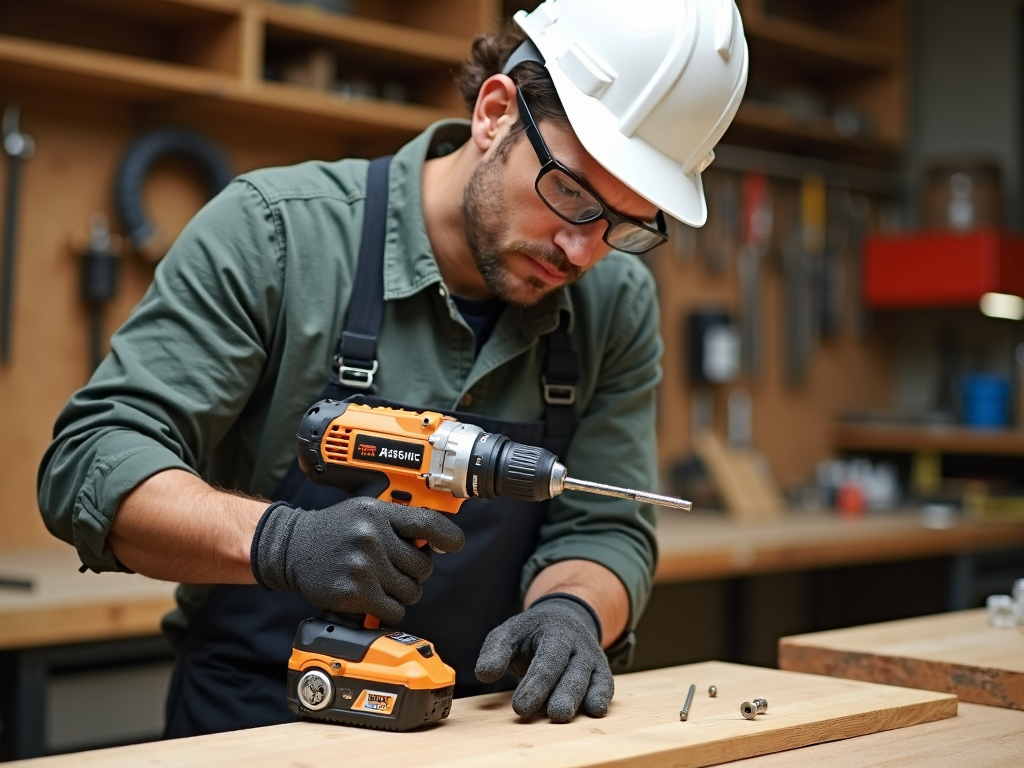Jewelry making is a rewarding hobby that allows you to create unique, personalized pieces. Whether you're looking to make gifts for friends or start a small business, learning the basics is essential. This guide covers the top 10 jewelry making techniques for beginners, providing you with the knowledge and confidence to get started.
Wire wrapping is one of the most versatile techniques in jewelry making. It involves using wire to secure beads, stones, or other components without the need for soldering. This technique is perfect for beginners because it requires minimal tools and can be used to create a wide range of designs.

To begin wire wrapping, you need basic supplies: wire cutters, round-nose pliers, and flat-nose pliers. Start by cutting a length of wire (around 8 inches) and threading your chosen bead onto it. Bend the wire at the top of the bead to create a loop, then wrap the wire around the bead a few times, securing it in place. Finally, cut off any excess wire.
Beading is a fundamental technique that involves stringing beads onto a cord or wire to create jewelry pieces like necklaces and bracelets. It offers endless possibilities for creativity and design.

To start beading, gather beads, beading wire, and a clasp. Measure the desired length of your jewelry, cut the wire, and attach a clasp to one end. Begin stringing the beads in your preferred order. Once complete, attach the clasp to the other end, ensuring a secure fit.
Soldering is essential for joining metal pieces in jewelry making, creating durable connections. This technique allows for complex designs and is often used with silver and gold.

Before soldering, prepare your metal surfaces by cleaning them with a file or sandpaper. Use a soldering iron to heat the joint area, then apply solder to the seam. Allow the metal to cool before cleaning excess solder with a file.
Metal stamping is a creative way to personalize jewelry pieces by imprinting designs, letters, or symbols onto metal surfaces. This technique is particularly popular for making custom charms.

To metal stamp, gather blank metal tags, a hammer, and metal stamps. Secure the metal on a stable surface and position the stamp where you want your design. Strike the stamp firmly with the hammer, then repeat to create your desired impression.
Resin casting involves pouring mixed resin into molds to create unique jewelry pieces. This technique allows for endless creativity, especially when adding colors, glitters, or even small objects.

Begin resin casting by mixing resin and hardener according to the package instructions. Pour the mixture into molds; add pigments or flowers if desired. Allow the resin to cure for several hours or overnight before removing it from molds.
Knotting is a traditional technique often used in pearl and bead jewelry to secure each bead with a knot, preventing damage and adding a sophisticated finish.

To knot, cut a length of durable thread, ensuring it's double the length of your desired piece. String the beads, tying a knot after each bead to secure it. This step can be time-consuming but adds elegance and durability.
Chain making involves creating jewelry by linking metal rings for bracelets, necklaces, or earrings. This technique can vary from simple to intricate designs.

To make a chain, cut metal wire into equal lengths. Use pliers to form loops at the ends, then link them together, closing each loop to create a cohesive piece.
Enameling is the process of fusing powdered glass onto metal to create vibrant, colored surfaces. This technique requires some practice but can produce stunning results.

Before starting, clean the metal surface and apply a thin layer of enamel powder. Fire the piece in a kiln or use a torch to melt the enamel, allowing it to adhere to the metal, and repeat the process to achieve desired color depth.
Stone setting is a technique where gemstones are securely held in place within a setting, ensuring durability while showcasing their beauty.

To set a stone, create a bezel or prong setting around the cut gemstone. Carefully fit the stone into the setting and use pliers to secure the metal around the stone, ensuring it sits firmly.
Polishing and finishing are essential steps in jewelry making that enhance the overall appearance and quality of the finished piece. A polished piece not only looks more appealing but also feels better to wear.

Begin polishing by using a polishing cloth or buffing wheel. Apply polishing compound to the cloth or wheel and gently buff the piece until it shines. This step also helps remove any scratches or blemishes from the surface.
In conclusion, mastering these top 10 jewelry making techniques will give you a solid foundation for your jewelry making journey. Remember, practice makes perfect, so don't be afraid to experiment and make mistakes. Happy crafting!
Related Top 10 Jewelry Making Techniques for Beginners:
- Hammer Time: Your Guide to Choosing the Perfect Hammer for Every Job
- Popular Brands for Workman Tools
- How to Choose the Right Hammer for Your Project
- DIY Projects to Test Your New Tools: A Comprehensive Guide
- Top 10 Power Washer Accessories for Car Cleaning
- Essential Workman Tool Maintenance Tips for Longevity and Performance
- Top 10 Electrical Tools Every Homeowner Should Have
- How to Organize Your Workshop for Efficiency
- How to Maintain Your Cordless Power Tools: A Comprehensive Guide
- The Ultimate Guide to Tool Belts for Construction Workers
- Essential Safety Gear for Power Tool Users: A Comprehensive Guide
- Safety First: Using Tools the Right Way
